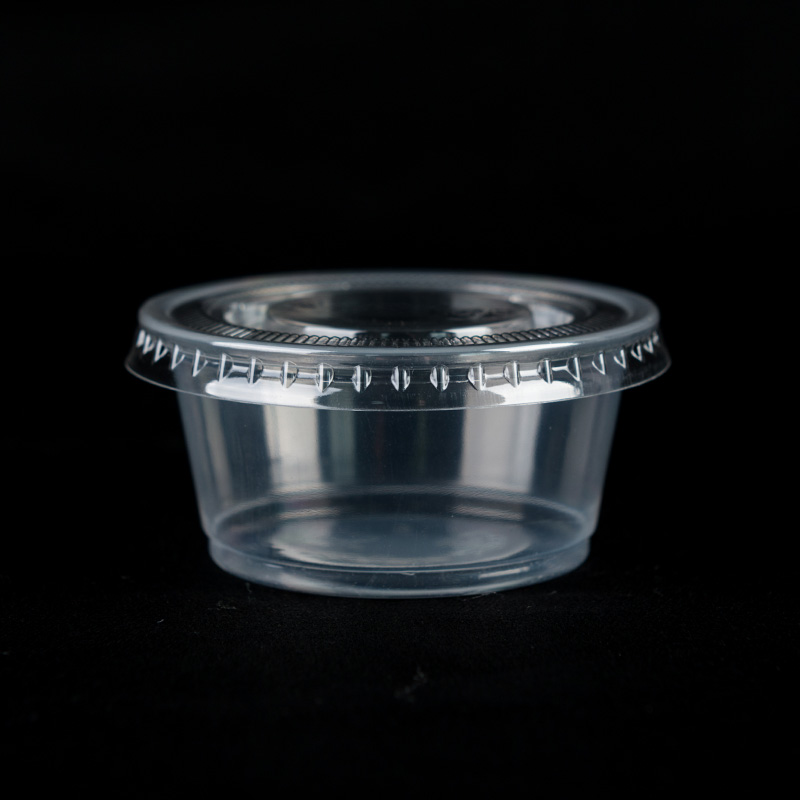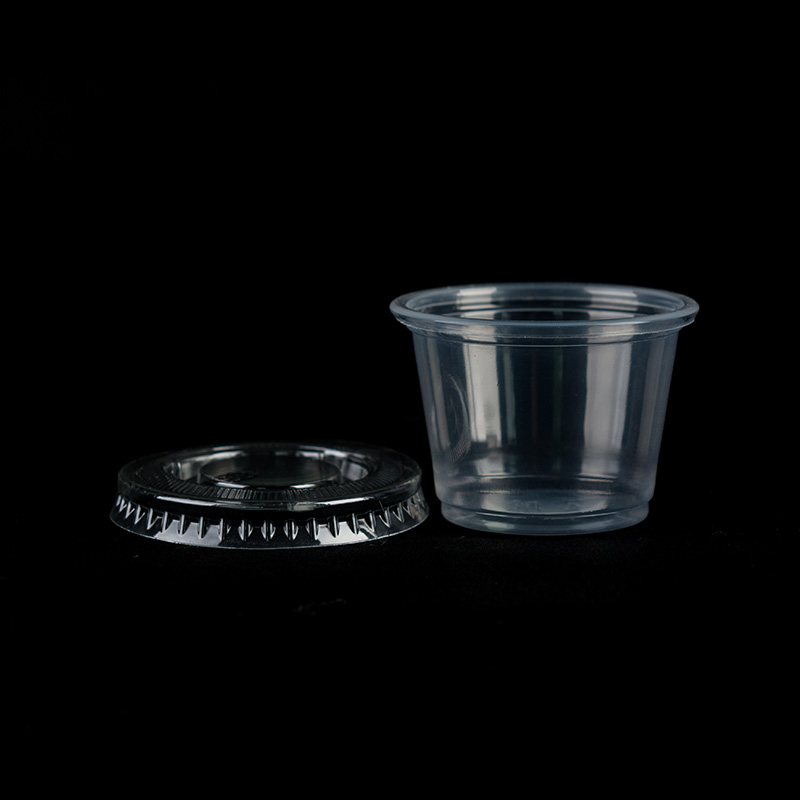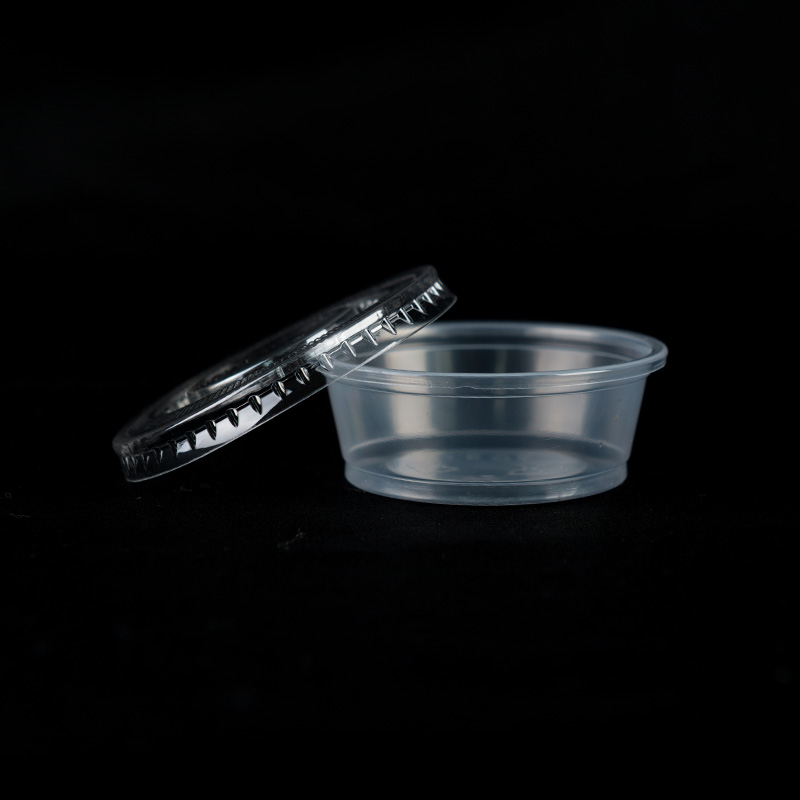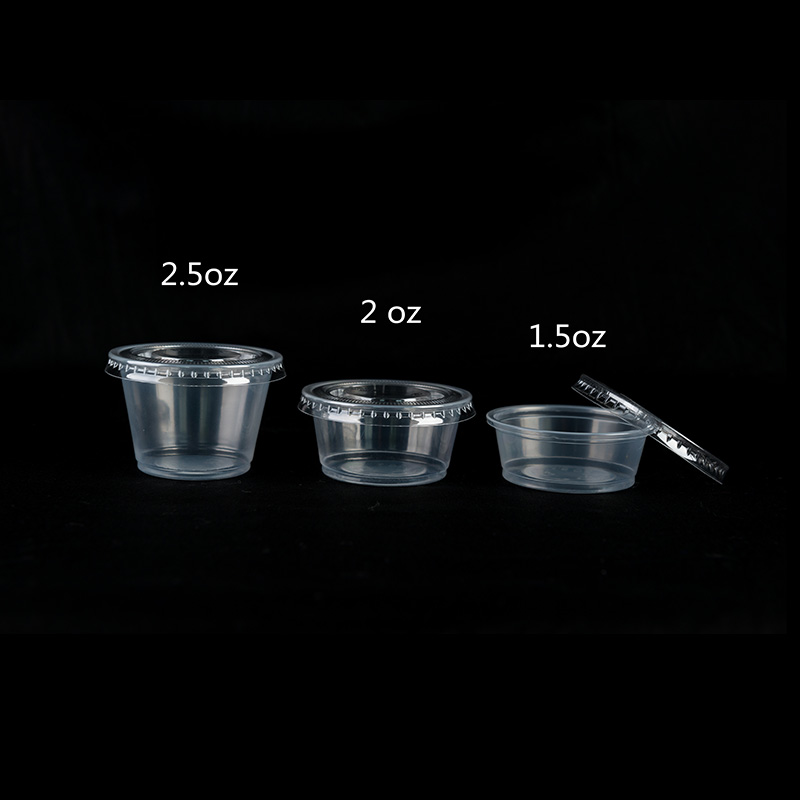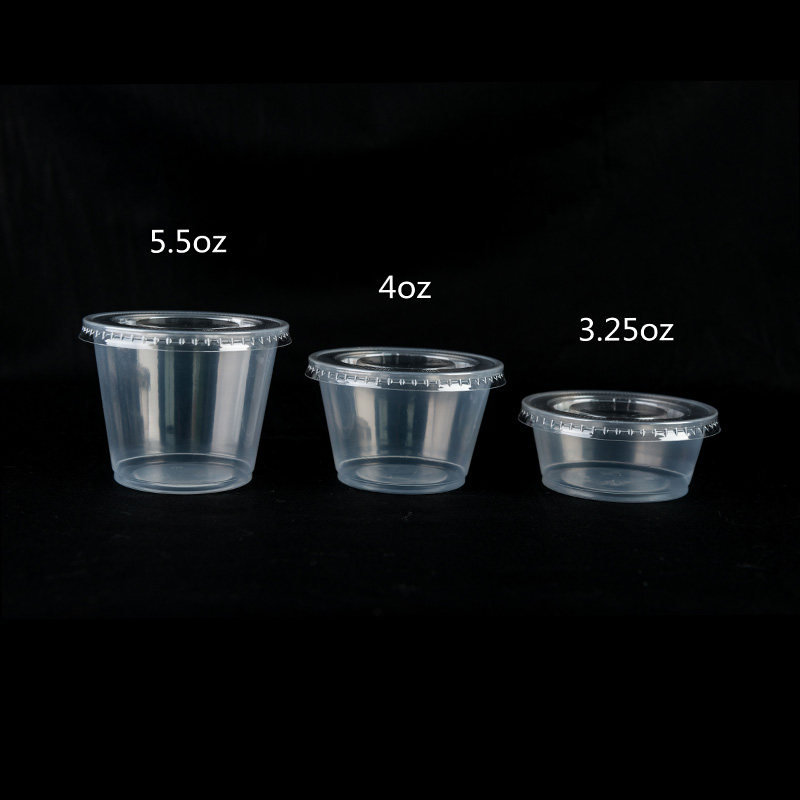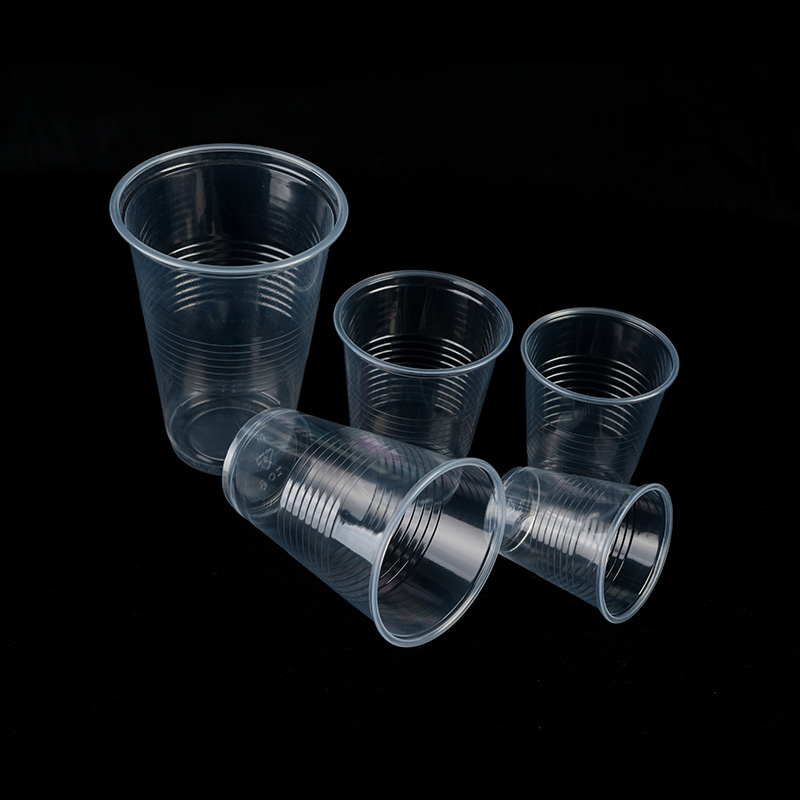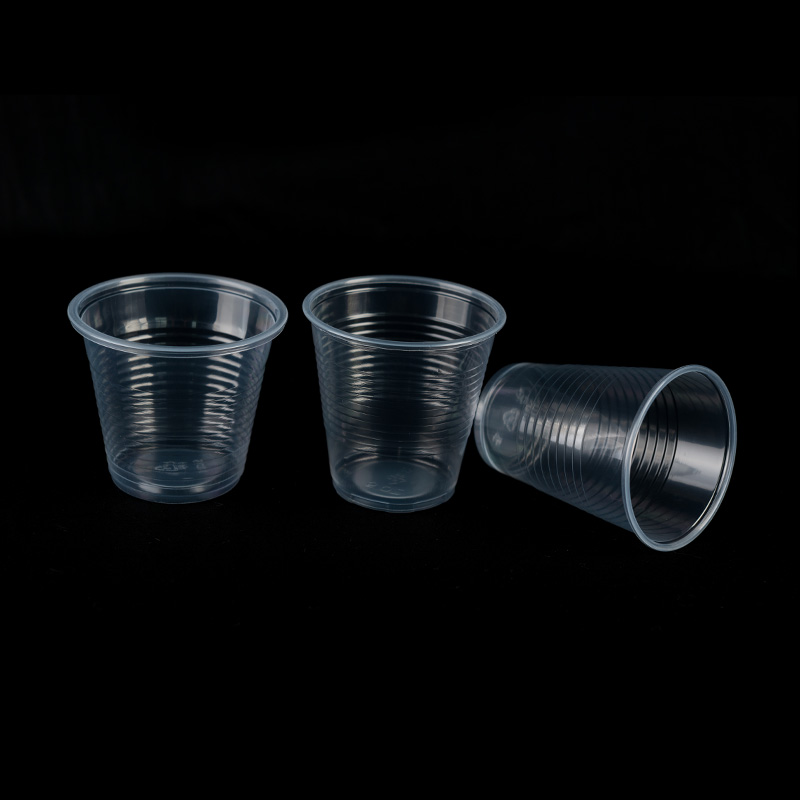In recent years, there has been a significant shift in consumer behavior towards eco-friendly practices. Despite this, disposable clear plastic drinking glasses have seen a resurgence in the food and beverage industry. This article will explore the reasons behind their popularity, the sustainability debate, and the latest industry developments.
The Comeback of Disposable Clear Plastic Drinking Glasses:
Once considered a symbol of waste, disposable clear plastic drinking glasses have made a surprising comeback. Their resurgence can be attributed to several factors, including hygiene concerns, convenience, and the need for cost-effective solutions in the hospitality sector.
1. Hygiene and Convenience:
The COVID-19 pandemic has heightened public awareness of hygiene, to a preference for single-use items that can be easily disposed of after use. Disposable clear plastic drinking glasses offer a practical solution, ensuring that each customer receives a clean, unused glass.
2. Cost-Effectiveness:
For small businesses and event organizers, the cost of purchasing, cleaning, and maintaining glassware can be prohibitive. Disposable clear plastic drinking glasses provide a cost-effective alternative, reducing the need for extensive washing and storage facilities.
3. Versatility:
These glasses are suitable for a wide range of beverages, from water and soft drinks to alcoholic beverages. Their clear design also allows for the visual appeal of the drink, enhancing the customer experience.
Despite their benefits, disposable clear plastic drinking glasses have been criticized for their environmental impact. The production and disposal of these glasses contribute to plastic waste, which can take hundreds of years to decompose.
1. Recycling Initiatives:
To address these concerns, some manufacturers are investing in recycling initiatives. They are developing disposable clear plastic drinking glasses made from recycled materials, aiming to reduce the environmental footprint.
2. Biodegradable Alternatives:
In response to the sustainability debate, several companies have introduced biodegradable disposable clear plastic drinking glasses. These products are designed to break down naturally within a few months, minimizing their impact on the environment.
3. Consumer Education:
Educating consumers about proper disposal and recycling practices is crucial. Many local authorities have recycling programs that accept plastic drinking glasses, and by participating in these programs, consumers can help reduce the environmental impact.
The disposable clear plastic drinking glass industry is not standing still. Manufacturers are constantly innovating to meet the demands of a changing market.
1. Improved Durability:
New materials and designs are being developed to make disposable clear plastic drinking glasses more durable, reducing the likelihood of breakage and the need for replacement.
2. Customization:
To cater to the needs of event organizers and businesses, manufacturers are offering customizable options, including printed logos and designs, to enhance brand visibility.
3. Temperature Resistance:
Advancements in material science have led to the development of disposable clear plastic drinking glasses that can withstand both hot and cold beverages, expanding their versatility.
The resurgence of disposable clear plastic drinking glasses reflects the complex interplay between consumer preferences, cost considerations, and environmental concerns. As the industry continues to evolve, it is essential for manufacturers to innovate and develop sustainable solutions that meet the needs of both consumers and the planet.



 English
English عربى
عربى
